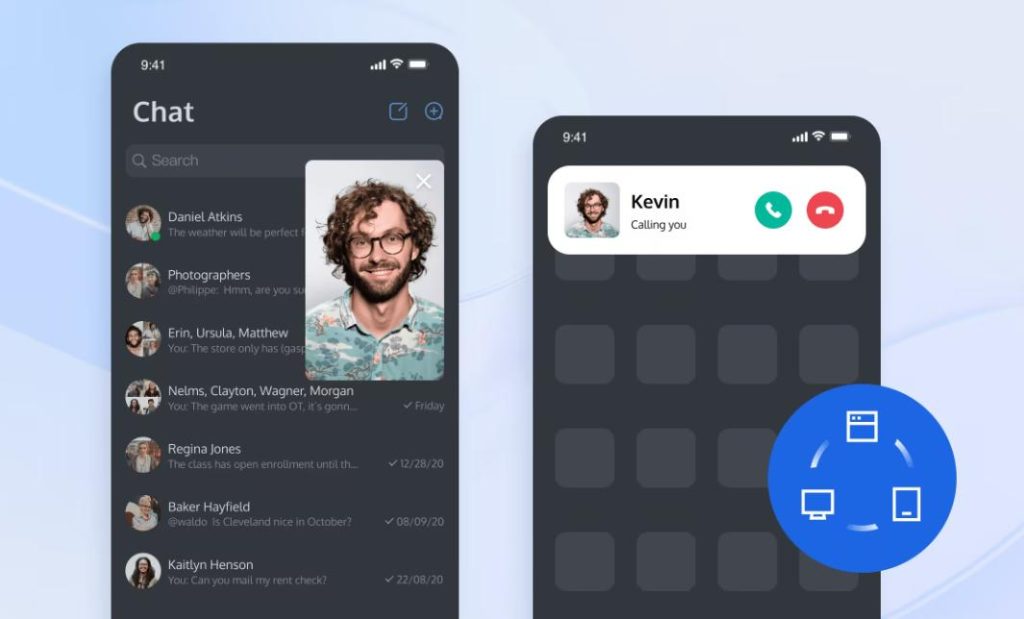Technology has transformed how we connect with loved ones, making distance feel smaller and emotions easier to share. Whether through video calls with family, voice messages to a partner, or even niche interactions like gay video chat, online platforms provide countless ways to nurture relationships. For many, these tools are lifelines—helping people stay close despite busy schedules, time zones, or physical separation. In this article, we’ll explore how online communication strengthens relationships by fostering connection, building trust, and overcoming common challenges.
How Does Online Communication Help Maintain Long-Distance Relationships?
Bridging the Distance with Instant Messaging and Video Calls
Long-distance relationships thrive on consistent communication, and instant messaging apps make it effortless to share small but meaningful updates. A quick “Good morning” text or a spontaneous video call during lunch breaks keeps partners involved in each other’s daily lives. Unlike letters or scheduled phone calls, modern tools allow real-time reactions—laughing together over a funny meme or seeing each other’s expressions during important conversations. Video calls, in particular, add a layer of closeness that texts alone can’t achieve. Seeing a loved one’s smile or their living space in the background creates a sense of presence. For example, couples often watch movies simultaneously while video chatting, mimicking a shared experience. Even mundane activities, like cooking “together” over a call, reinforce emotional bonds.
Sharing Daily Moments Through Social Media and Photos
Social media and photo-sharing apps help partners feel included in each other’s worlds. Posting a sunset picture, tagging each other in relatable memes, or sending a snap of a morning coffee keeps the connection alive. These small gestures accumulate, creating a shared digital scrapbook of memories. For long-distance families, platforms with shared albums allow grandparents to watch grandchildren grow or siblings to stay updated on life events. Even simple features like “status updates” or location sharing provide reassurance—knowing a partner arrived safely at work or is out with friends reduces anxiety. The more natural these exchanges feel, the less distance becomes a barrier.
Can Online Communication Improve Emotional Intimacy?
Expressing Feelings More Openly Through Text and Voice Notes
Some people find it easier to articulate emotions in writing rather than face-to-face. Thoughtful messages allow time to choose words carefully, reducing impulsive reactions during conflicts. A well-written paragraph explaining why something hurt can be more constructive than a heated verbal argument. Voice notes add warmth to digital conversations, capturing tone and emotion better than plain text. Hearing a partner’s laugh or a reassuring “I miss you” in their voice deepens intimacy. For shy individuals, sending a heartfelt voice message might feel less intimidating than saying it in person. Over time, these exchanges build a deeper emotional vocabulary between partners.
Building Trust with Consistent and Transparent Communication
Trust grows when communication is predictable and honest. Small habits—like replying to messages within a reasonable time or giving a heads-up before being unavailable—prevent unnecessary worry. Couples who share their schedules or discuss online boundaries (e.g., “I’ll be offline for two hours”) avoid misunderstandings. Transparency also means acknowledging mistakes. If a message was misinterpreted, clarifying intentions quickly prevents resentment. For example, a joking text taken the wrong way can be resolved with a follow-up call. Trust isn’t about constant surveillance but about reliability—knowing your partner prioritizes your connection.
What Are the Challenges of Online Communication in Relationships?
Avoiding Miscommunication Due to Lack of Tone and Body Language
Texts lack vocal tone and facial expressions, making sarcasm or affection harder to convey. A simple “Fine” could seem passive-aggressive without context. Emojis and GIFs help, but they’re not foolproof. To minimize confusion, couples can adopt habits like using voice messages for sensitive topics, adding clarifiers such as “Just joking!” to avoid misunderstandings, and steering clear of important discussions over text. For example, resolving an argument is better done via video call, where apologies and compromises feel more genuine. Additionally, taking the time to communicate face-to-face, even virtually, fosters a deeper emotional connection and allows for more nuanced conversations. Ultimately, prioritizing clear communication can significantly strengthen the relationship and reduce unnecessary conflicts.
Managing Screen Time to Prevent Digital Fatigue
Excessive online interaction can feel draining, especially if it replaces offline relaxation. Couples might schedule “tech-free” hours to focus on hobbies or rest. Balancing digital and real-world activities ensures quality over quantity—a 30-minute meaningful call beats four hours of distracted scrolling while multitasking. Engaging in shared activities, like cooking or exercising together, can strengthen bonds and create lasting memories. By prioritizing these moments, couples can cultivate a deeper connection that thrives beyond the screens.
Conclusion
Online communication isn’t a replacement for in-person relationships but a powerful supplement. By leveraging instant messaging for daily check-ins, video calls for emotional presence, and social media for shared experiences, couples and families can maintain—and even deepen—their connections. The key lies in intentionality: using technology to enhance, not hinder, genuine intimacy. With mindful habits, distance and busy lives don’t have to weaken relationships.

